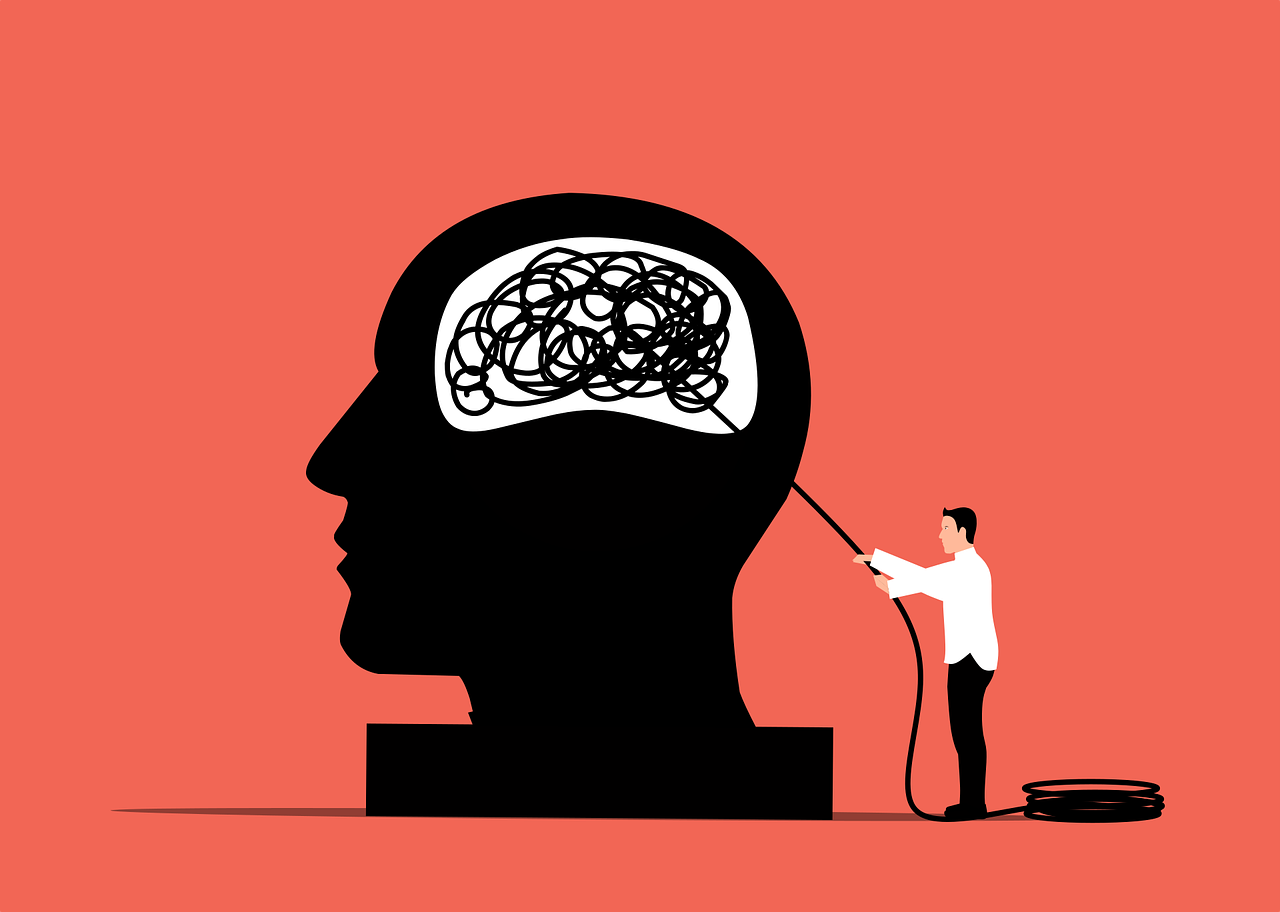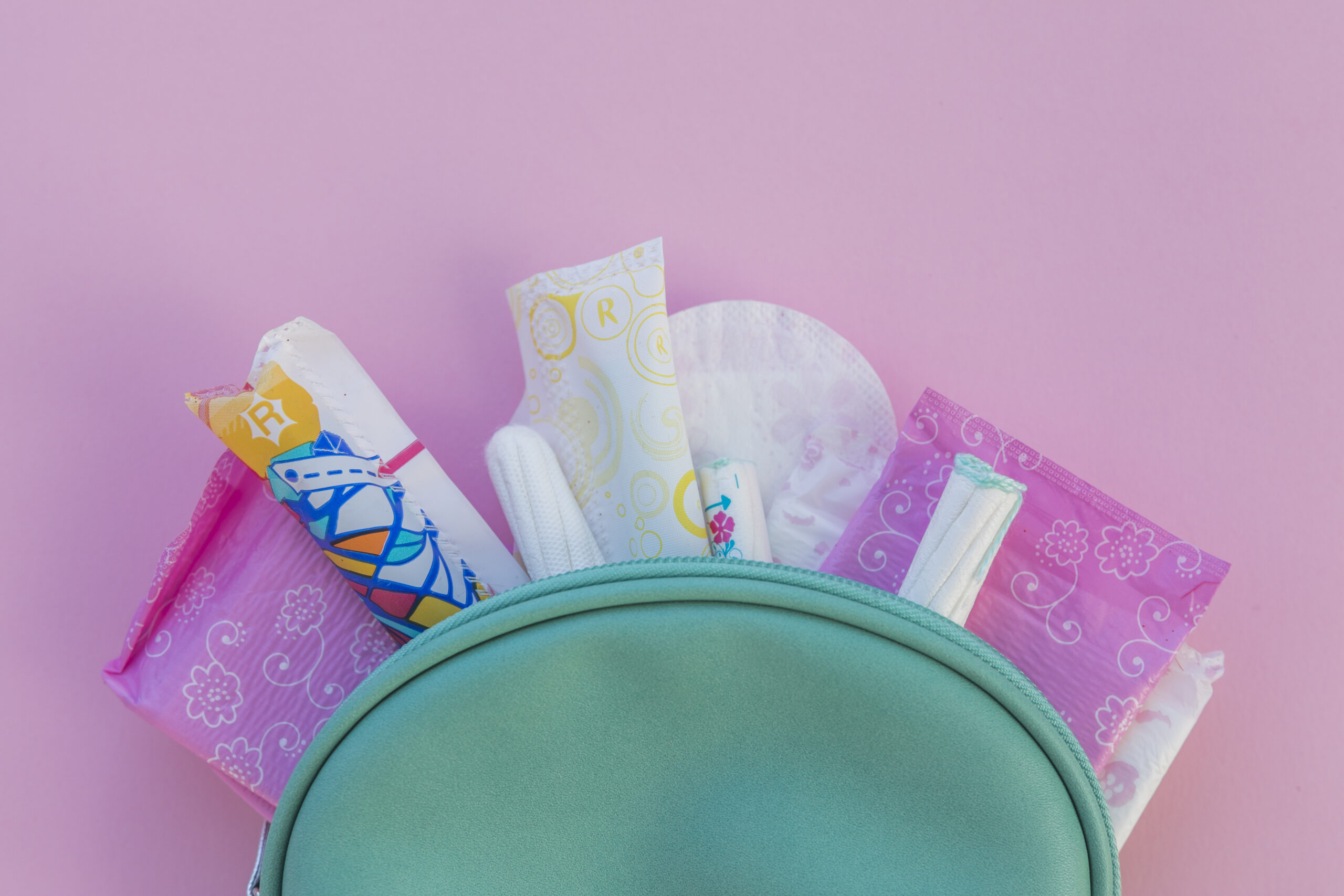Yoga and Diet: Unleashing Your Full PotentialA Path to Inner HarmonyA Path to Sustainable WellbeingA Journey to Vitality
Engaging in yoga conditioning or regular physical activity can have various benefits for menstruating individuals.
Our Yoga Guru
Shabana Safdari is a Yoga Therapist with more than +8 Years of hands-on experience in providing Yoga Therapy to those in need with ailments varying from Diabetes, Blood Pressure, Knee Pain, Back Pain, Multiple Scoliosis, Slip disc, Cervical Spondolysis, Asthma, Menstrual Disorder, Anxiety, Thyroid, and live a healthy, stress-free life.
Help For
👉🏻 Individuals looking for holistic healing of their specific health issue/ailment
👉🏻 Health & wellness apps and start-ups
👉🏻 Wellness centres
👉🏻 Corporates seeking expert wellness sessions for their employee wellness
👉🏻 Wellness retreats
How We Help
🧘🏻♀️ Provide 1-on-1 Yoga Therapy designed for an individual’s specific ailment
🧘🏻♀️ Collaborate with health, fitness & wellness brands to help their clients achieve transformative results
🧘🏻♀️ Conduct yoga training sessions at wellness centres
🧘🏻♀️ Provide theme-based corporate wellness sessions
🧘🏻♀️ Deliver retreat wellness sessions as a guest teacher
It is important to listen to your body, start with comfortable activities, and consult a healthcare professional for personalized guidance.
"Follow our yoga expert's diet plan for a healthier lifestyle and balanced menstrual cycle."
Start your morning with a juice mix containing beetroot, carrots, and pumpkin. Beetroot can help raise hemoglobin levels, while carrots aid in better iron absorption. Pumpkins are rich in vitamins E, C, folate, and iron. Squeeze some lemon into this drink for added flavor and vitamin C.
Drink plenty of water throughout the day to prevent bloating and aid digestion.
Strive to maintain a healthy diet throughout the day, including choosing healthy snacks.
Incorporate a variety of green vegetables into your meals, such as spinach and fenugreek, which are high in hemoglobin and iron.
Add nuts and seeds to your diet, such as almonds, walnuts, pumpkin seeds, and flax seeds, to help keep you feeling full and avoid junk food. Maintaining a poor diet can lead to headaches, muscle cramps, and stomach bloating.
Avoid consuming salty foods, as they can cause water retention in the body, which may lead to PMS symptoms.
Consume foods that are low in sugar but high in fiber.







Herbal Remedies

Exploring Herbal Remedies for Menstrual Symptom Relief:
Herbal remedies are sometimes chosen as a natural alternative to conventional medications for menstrual symptom relief, often based on cultural traditions or personal preferences.
Ginger: Ginger has been used traditionally to help alleviate menstrual cramps and reduce inflammation. It can be consumed as ginger tea or added to meals.
Chamomile: Chamomile tea is known for its calming properties, which may help with relaxation and reducing stress-related symptoms during menstruation.
Raspberry leaf: Raspberry leaf tea is sometimes recommended to support uterine health and regulate menstrual cycles. However, it’s advisable to consult a healthcare professional before using it.
Turmeric: Turmeric has anti-inflammatory properties that may help with reducing pain and inflammation associated with menstruation. It can be used in cooking or consumed as a supplement.
Cinnamon: Cinnamon has been suggested to help regulate menstrual cycles and reduce heavy bleeding. It can be added to food or consumed as a tea.
Exercises

The Benefits of Exercise During Menstruation:
Exercise during menstruation can alleviate pain, boost mood, and increase energy levels
Stress Management

The Impact of Stress on Menstruation
Stress can affect menstruation by disrupting hormonal balance, leading to irregular periods, menstrual cycle irregularities, increased menstrual pain, and potential fertility issues. Managing stress through various techniques is important for maintaining a healthy menstrual cycle..
Relaxation techniques: Engage in relaxation techniques such as deep breathing exercises, meditation, or progressive muscle relaxation to promote relaxation and reduce stress levels.
Physical activity: Regular exercises, such as yoga, walking, or gentle stretching, can help release endorphins, improve mood, and reduce stress.
Self-care: Prioritize self-care activities that help you relax and unwind, such as taking warm baths, practicing mindfulness, reading, listening to soothing music, or engaging in hobbies you enjoy.
Healthy diet: Maintain a balanced diet that includes nutrient-rich foods, such as fruits, vegetables, whole grains, lean proteins, and healthy fats. Avoid excessive caffeine and sugar, as they can contribute to increased stress and anxiety.
Adequate sleep: Aim for sufficient sleep during menstruation, as lack of sleep can exacerbate stress levels. Establish a consistent sleep routine, create a calm sleep environment, and practice relaxation techniques before bedtime.
Social support: Seek support from friends, family, or support groups. Sharing your feelings and concerns with trusted individuals can provide emotional support and help alleviate stress.
Time management: Prioritize and manage your time effectively to reduce feelings of overwhelm. Break tasks into smaller, manageable steps, and delegate or ask for help when needed.
Seek professional help: If stress becomes overwhelming or starts to significantly impact your daily life, consider seeking professional help from a therapist or counselor who can provide guidance and support.
Hygiene Products

Options for Managing Menstruation with Comfort and Confidence"
Common menstrual hygiene products include pads, tampons, menstrual cups, period panties, and disposable menstrual discs. Choose a product based on personal preference and comfort, and prioritize proper usage, regular changes, and good hygiene to maintain freshness and prevent infections..
Menstrual pads: Disposable or reusable pads made of absorbent material that are worn externally in the underwear to absorb menstrual flow.
Tampons: Cylindrical-shaped absorbent products made of cotton or rayon that are inserted into the vagina to absorb menstrual flow.
Menstrual cups: Reusable cups made of medical-grade silicone or latex that are inserted into the vagina to collect menstrual flow. They can be emptied, rinsed, and reused throughout the day.
Period panties: Underwear specially designed with built-in absorbent layers to prevent leaks and provide additional protection. They can be reusable or disposable.
Disposable menstrual discs: Soft, flexible discs that are inserted into the vagina to collect menstrual flow. They have a larger capacity than tampons and can be worn for up to 12 hours.

